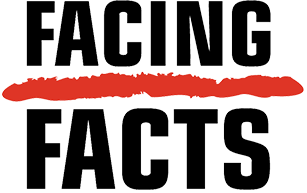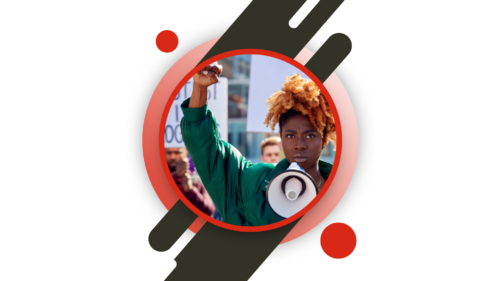Private: Understanding & identifying Anti-Black hate crime
Better protection of Black communities starts with understanding their complexity, the structures of oppression against them, and their history
For whom?
By offering unique insights into anti-Black hate crime and to the communities impacted by it, this course represents a key tool for civil society organisations and law enforcement who want to build their monitoring and recording capacities, as well as for individual activists who want to deepen their knowledge of Afrophobia and anti-Black hate crimes and its impact on victims and society.
About this course
This online course offers a dynamic insight into understanding and identifying anti-Black racism in general, and anti-Black hate crime in particular. It combines exhaustive theory and challenging exercises to present a victim-centred approach to this specific type of hate crime. The course presents an extensive overview of the most common afrophobic bias indicators and challenge participants to build a list of indicators for their national/local context. It provides a thorough and challenging presentation of the multifaceted black communities in Europe, and how they can be affected by prejudice and hate crimes.
The course is suitable for all and ideal for police officers and members of civil society organizations who would like to:
– grasp the psychosocial levers of anti-Black racism;
– recognize the signs of anti-Black prejudice, hostility and bias in hate crime cases;
-understand the impact of anti-Black hate crime on victims, People of African Descent and the society;
– identify and articulate potential bias indicators to unmask anti-Black crime;
– learn how a victim-centred approach functions in practice and how to apply this—including how to reach out to victims, their communities and offer support;
– know key questions to ask when interviewing victims, witnesses and suspects, to effectively unmask evidence of bias motivation.
At the end of the course, you will be able to…
- Articulate the origins of Afrophobia;
- Recognise and explain the nature and impact of anti-Black hate crime;
- Map potential afrophobic bias indicators towards meeting monitoring, recording or investigation objectives;
- Differentiate an afrophobic incident from an anti-Black hate crime;
- Signpost available support mechanism and tailor these to victim needs;
- Consider strategies to address challenges to policing hate crimes and protecting black communities in Europe;



 Facing Facts is co-funded by the Citizens, Equality, Rights and Values Programme
Facing Facts is co-funded by the Citizens, Equality, Rights and Values Programme